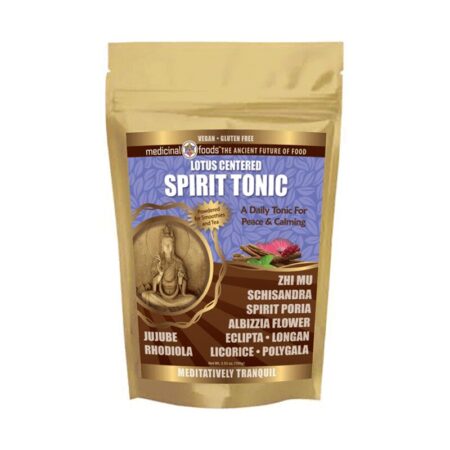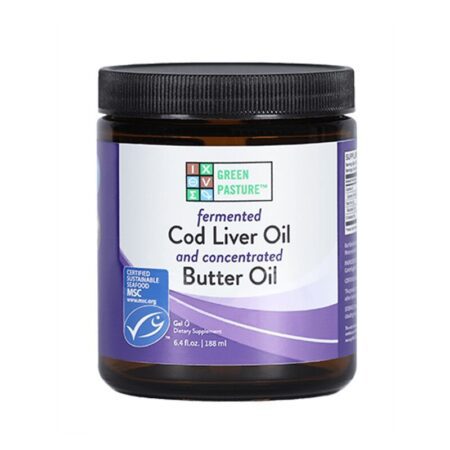Mushroom tea has exploded in popularity due to its acclaimed health benefits and novel flavors.
You can mix it with chai or matcha lattes while others use packets to mix in water on the go. Some like us prefer this straight, plain, and simple.
There are endless options for enjoying tea in your daily routine. First, it’s important to know the main ways mushrooms are brewed.
There are three usual methods, the simplest way to make mushrooms into a tea is infusing dried mushroom pieces in hot water, the same way you would prepare herbal tea.
Fresh mushrooms will make more of a broth than a tea, so save those for soup. This process will deliver more potent health benefits. Often labeled as a mushroom ‘elixir’, you can buy powdered mushrooms that are pre-extracted and can be mixed directly in water.
How to make mushroom tea
Mushroom powder that has not been pre-extracted is typically too difficult for our digestive system to process. Powdered mushrooms make a thicker tea, with a texture closer to a latte. The mushroom powder can also be added to other teas and beverages.
You can expand your mushroom consumption beyond the culinary realm and into your daily health routine. From cardiovascular health and longevity to better brain function, the uses for medicinal mushrooms are many.
Some mushrooms, such as Lion’s Mane, can be either cooked as food or brewed as a tea. Others like Chaga and Reishi are too difficult to digest whole and are only consumed as tea or extracts. There are primarily four popular mushrooms and each has unique health benefits.
Reishi is a mushroom with a shiny, flat top that grows on trees and fallen logs. It comes in a variety of colors depending on where it is growing. Although rare in the wild, reishi mushrooms are now cultivated all over the world.
Mushroom tea benefits
One of the earliest botanical texts about Reishi was traditionally used to promote a longer lifespan, increased energy, and a stronger heart and brain. It still has similar uses today with many beneficial properties including Antioxidants, Anti-inflammatory, Anti-tumor, Immune system support, Blood sugar regulation, Cholesterol regulation.
Modern research is investigating whether the reishi mushroom could improve cancer treatment with its anti-tumor effects.
Reishi may also regulate the immune system, helping us to both fight pathogens and avoid allergies. To top it off, reishi helps balance blood sugar and cholesterol to prevent conditions like diabetes and heart disease and support overall health.
All mushrooms are fungi but not every fungus is a mushroom. Chaga is one of those cases. While commonly referred to as a mushroom, Chaga is technically just a fungus. If you see it in the wild, it appears as a lumpy charcoal-colored growth on the side of birch trees. Inside, it is deep orange and packed with healthy nutrients.
Chaga spores find their way into ‘wounds’ on birch trees, such as cut branches, and start growing inside the tree trunk. It takes around 20 years to create the large external growth recognized as a mature Chaga.
Chaga is parasitic to the birch tree, slowly sapping its nutrients until the tree dies. It can take around 80 years for the tree to die and only then does the Chaga release spores to find a new tree.
Since the process is so slow and only affects wounded trees, Chaga does not harm birch forests overall.
Some say Chaga is at risk. Chaga only grows in the wild and cannot easily be farmed, so we recommend buying sustainably sourced products to prevent over-harvesting.
Native to cold climates like Russia, Canada, North America, and northern Japan, Chaga has been used in folk medicine for generations. Modern uses include Antioxidant, Immune system support, Adaptogen, Nervous system support, Anti-inflammatory, Anti-tumor.
Chaga is an adaptogen, which means it helps the body adapt to stress. It can tone the nervous system to keep us calm and level-headed under pressure. Since modern life is plagued by diseases, stress, anxiety, it is rising in popularity as a natural treatment.
Chaga is also believed to benefit the immune system by increasing our white blood cell production so we can defend against pathogens. There is even research on Chaga’s potential ability to aid in cancer treatment. Not to mention it is filled with the same healthy antioxidants in black tea, green tea, and other true teas without the caffeine!
Chaga is hard as wood and is much too difficult for our body to digest as food. The best way to get the nutrients out of Chaga is to extract them in hot water. Alternatively, you can buy powders that are ‘pre-extracted’ so the nutrients can be absorbed.
Making mushroom tea
For medicinal use, Chaga mushroom is extracted in alcohol or boiled in hot water for 15 minutes up to several hours. As a daily health tonic, steeping Chaga tea for 5-10 minutes in hot water is all you need. The flavor is deep and earthy, like the smell of autumn leaves. It pairs well with chai spices such as cinnamon, ginger, turmeric, and cardamom.
One of the most striking mushrooms in appearance, the lion’s mane looks like a cream-colored pom growing on trees. It has shaggy hair-like tendrils that inspired its namesake. While mainly popular in Japan, the lion’s mane grows globally across northern Asia, Europe, and North America.
It is cultivated as both a food and medicine and when cooked can be used as a replacement for crab or lobster. But don’t worry! When brewed as a tea it won’t have a seafood taste at all and will brew a mellow, smooth flavor.
Lion’s mane has an abundance of benefits, especially for the brain and digestive system. Its Japanese name, yamabushitake means ”mountain priest mushroom’ and it has much wisdom to share.
Uses include, Nervous system support, Cognitive improvement, Digestive system immunity, Antioxidant, Anti-inflammatory, Blood sugar regulation, Cholesterol regulation.
Studies have investigated its ability to strengthen brain cells and heal damaged nerves, which may protect against neurodegenerative diseases like Alzheimer’s and dementia. In the digestive tract, the lion’s mane is believed to boost the immunity of the mucosal lining in the intestines against harmful bacteria. It may nurture beneficial gut bacteria and prevent stomach ulcers.
Possibly the strangest fungus on our list, cordyceps feeds on certain kinds of caterpillars. It is technically just a fungus but is often referred to as a mushroom. Cordyceps is native to the alpine meadows of the Himalayan mountains in areas around 3800 ft above sea level. Different cordyceps varieties can also grow on other bugs in rainforests and other parts of the world.
Legend has it that goat, yak, and sheepherders noticed their livestock getting stronger and harder when they grazed on cordyceps. The herders started consuming the mushrooms themselves and became convinced of their beneficial effects.
Cordyceps is well documented in Tibetan traditional medicine and has now begun to captivate the rest of the world. Potential benefits include increased energy levels, Increased stamina/endurance, better athletic performance, Heart health, immune system support, Anti-tumor, Anti-inflammatory.
Nowadays, many athletes and health nutritionists are starting this mushroom trend as they are always one step ahead in relishing potential perks of anything to everything when it comes to body performance.
Complicated recipes are one of the easiest ones which can be easily tried in the comfort of your kitchen. Let us explore more into a recipe, which is all basic and you may also add your spin according to your taste palates and relish some amazing health benefits.
Some edible mushrooms and water which is palatable and have a huge spectrum of benefits including nausea and reduces vomiting. The big question mark is how to make tea with mushrooms quickly. Reap a surplus amount of benefits with just a cup of tea and bless your health with all these benefits.
Lingzhi or Reishi Mushrooms are acclaimed for their goodness of antioxidants and white blood cell boosting properties.
Reishi Tea is prominent for its earthy flavor with hints of pleasant bitter taste notes and this tea is generally consumed with some marjoram leaves or any dried flowers (rosemary, chamomile, peppermint, etc.), sweetener, and almond milk. Here is a comprehensible answer to how to make Reishi tea.
Nowadays tea fanatics make tea out of anything and thanks to all the researchers for studying and scrutinizing them and perceiving the unknown benefits. one of a kind and has numerous benefits which are an aid to so many health ailments.
The best part of mushroom tea is its spectrum of varieties and versatility as one can add spin to it and amplify its delicacy.
And the leftover chunks of mushroom can be used in smoothies and oatmeals. After all, a cup of blissful tea soothes the body, and mushroom made into tea is best at this niche.
The ultimate collection of how to make tea with mushrooms plus a variety of other mushrooms adds your spin to this exhilarating cup.


























